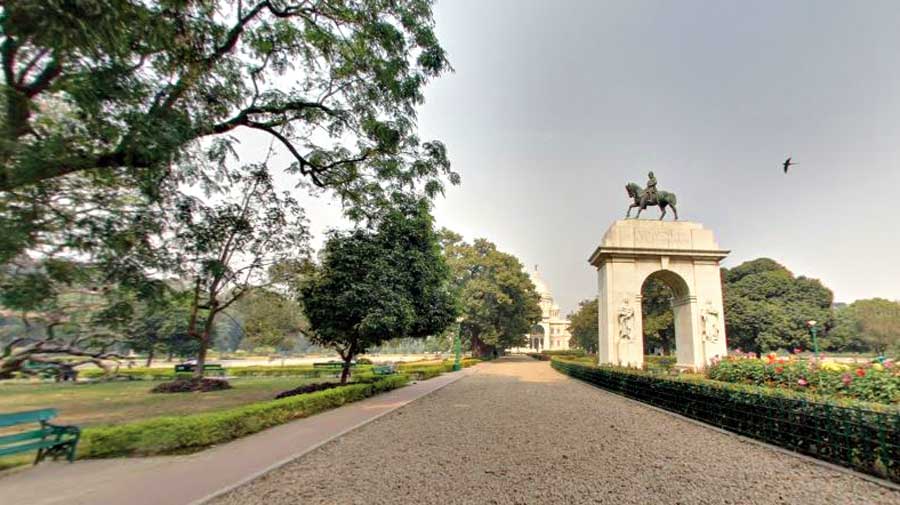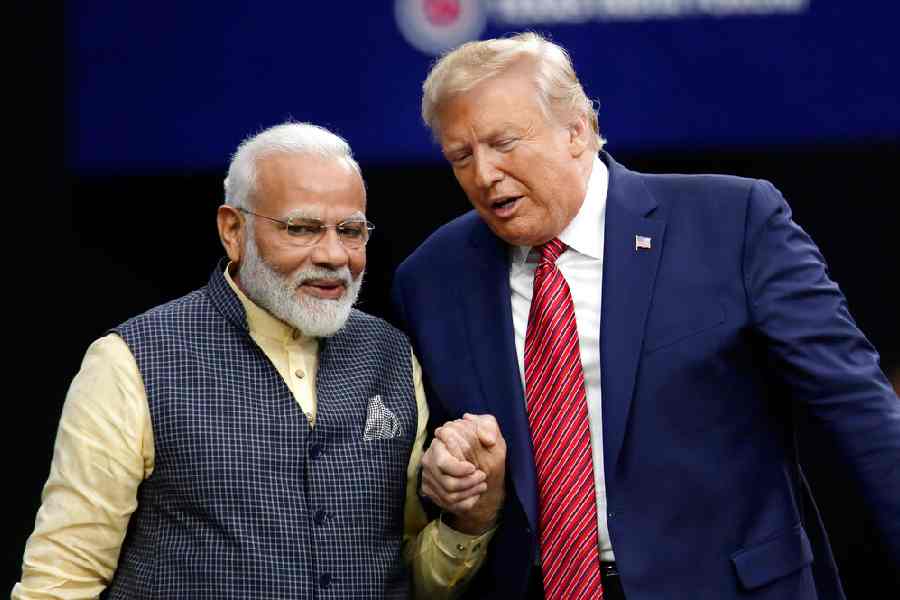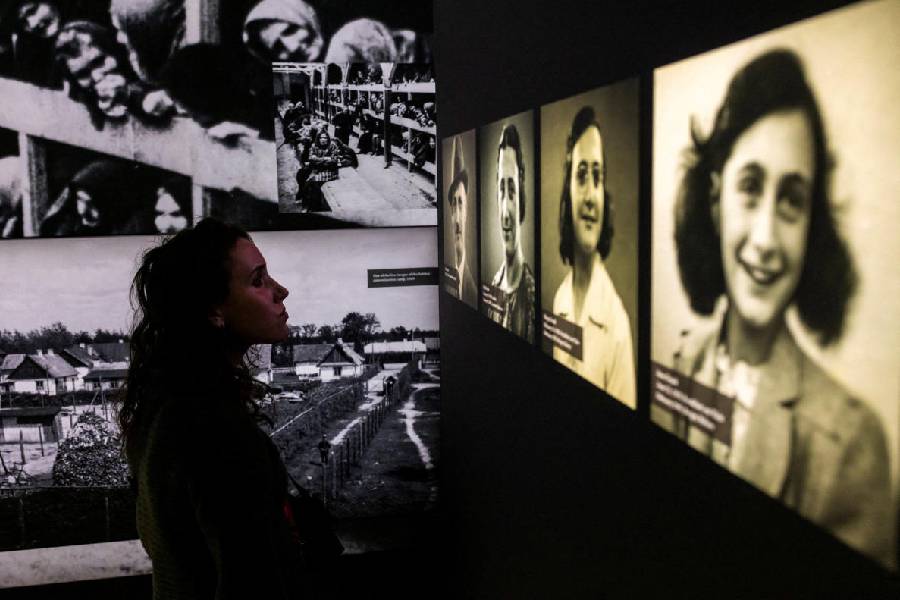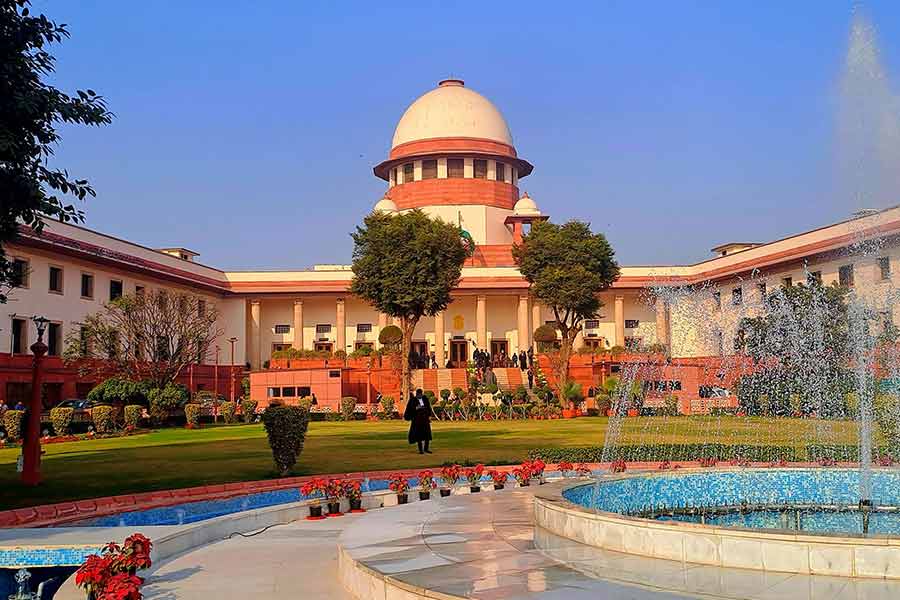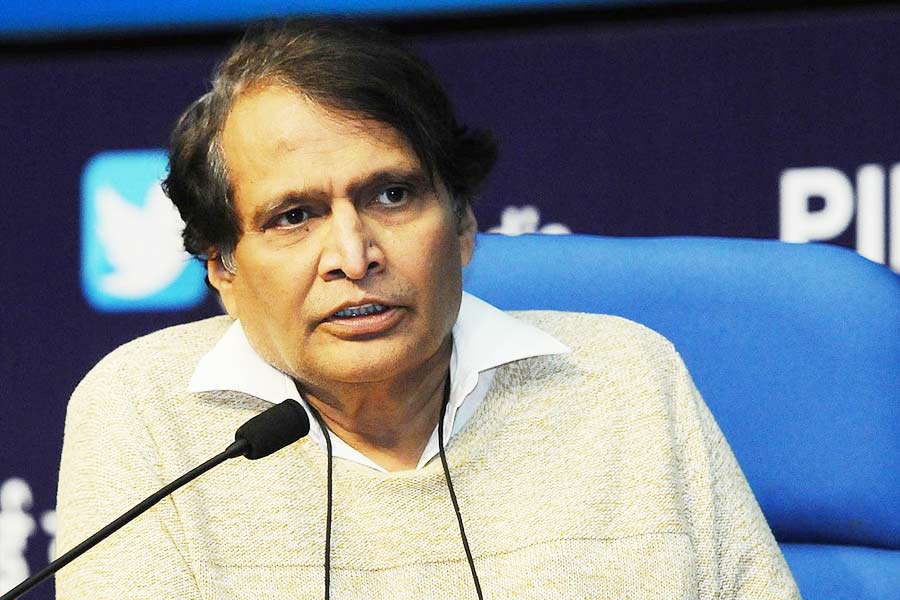A virtual tour of the Victoria Memorial Hall (VMH) garden, accompanied by notes on the various landmarks within the precincts, is available at the Google Arts and Culture website.
Titled The Taj of the Raj: The Victoria Memorial Hall and its Gardens, the tour takes the virtual visitor through lush green surroundings of the memorial with a commentary on the architectural pieces and the history of the garden.1500
“We will soon have a link of this virtual tour at our official VMH website. Google Arts and Culture will also do a virtual tour of our galleries,” said Jayanta Sengupta, curator, VMH.
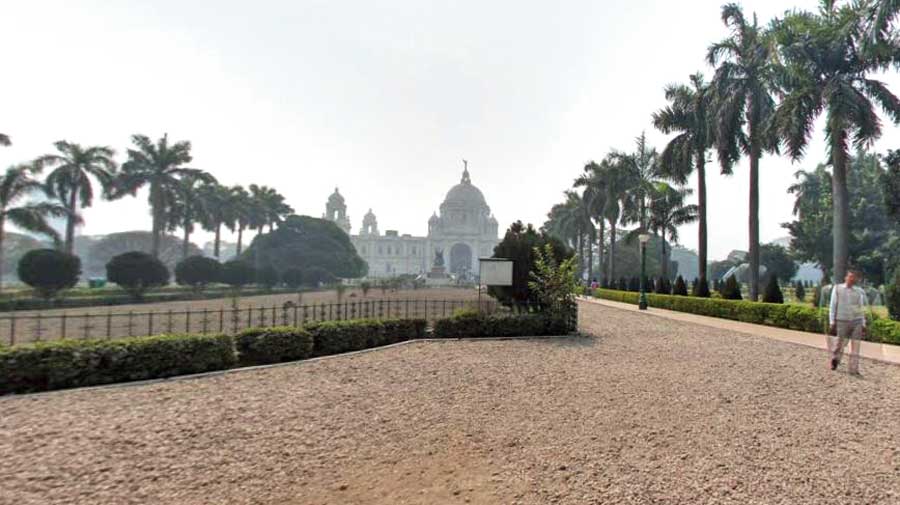
Still from the virtual tour of the Victoria Memorial garden
The marble monument and the garden have been off limits to visitors since March 15 because of the Covid-19 pandemic. On March 15, the most visited museum in the country had recorded a footfall of 11,000.
Not just tourists from outside, the VMH with its 57-acre garden attracts even the Calcuttan for a daily stroll amidst its greens. But how many really know the various landmarks on the campus and the stories behind them?
Memorial enthusiasts keen to know the history of the landmarks can take the virtual tour. The tour informs the viewer, for instance, that the identical ornamental cast iron gates on the northern and southern sides were designed by Vincent Esch, who was the superintending architect of the Memorial, during its construction in 1921 and was “shipped in whole from England”.
The garden scheme was drawn up in 1915 by landscape gardeners and architects, along with experts like David Prain (who was director of the Botanical Survey of India, Royal Botanic Garden, Calcutta, and he Royal Botanic Gardens at Kew Gardens, London) and the first Earl Redesdale (acknowledged as one of the greatest amateur authorities on the subject at the time).
The 57-acre Memorial campus includes the garden, the museum, six water bodies, nearly 2,800 trees, shrubs and hedges representing 80 species and a nursery garden.The tour focuses on the King Edward VII Memorial Arch with a bronze equestrian statue of the king, the eldest son of Queen Victoria, the marble statue of Lord Curzon right in front of the southern façade of the building and the bronze statue of Queen Victoria on the northern side of the campus.
Sculpted by Sir George Frampton, a renowned sculptor of his time, Victoria’s statue was installed in 1901 on Red Road but was subsequently moved in front of the VMH building in 1921.
Lord Curzon, who was the viceroy of British India from 1899 to 1905, played a key role in the making of the memorial. Views of the chhatri style pavilions on the four corner turrets exemplify the Indo-Saracenic architecture in India.
A black-and white marble floored terrace runs around the building above the basement and provides access to two colonnaded areas, the Eastern and Western Quadrangles, which are popular spaces used for public programmes. The front lobby in the northern (main) entrance of the Hall, is also on view.
A 360-degree view of each of these spots is provided and a virtual visitor can amble along a few paces at each of these spots that provide a real-time feel and view.

